Incentives need to be attached to conditions.
Specifically, according to the Draft Resolution on a number of specific mechanisms and policies, especially applicable to the high-speed railway project on the North-South axis, which has just been sent by the Ministry of Construction to the Ministry of Justice for appraisal, enterprises are allowed to assign mineral mines as materials without having to auction mineral exploitation rights; for TOD areas (urban development oriented towards public transport), the Provincial People's Committee is allowed to prioritize the appointment of investors...
In particular, regarding financial policy, the draft clearly states that the State will lend no more than 80% of the total investment in case the project is implemented in the form of business investment, with an interest rate of 0% for 30 years. Domestic commercial banks are exempted from applying regulations on the total outstanding credit balance for investors' loans.
Specific mechanisms and policies for high-speed railways are being proposed.
PHOTO: TN CREATED BY AI
At the same time, investors are exempted from import tax on machinery, equipment, railway transport vehicles to create fixed assets and imported goods, components, materials, spare parts serving investment in construction, renovation, upgrading, maintenance, exploitation of railway infrastructure and other materials and equipment directly serving the project... In addition, organizations and individuals participating in scientific and technological activities and training to develop high-tech human resources serving the project are entitled to incentives like high-tech enterprises during the project implementation period; investors must prioritize the use of products, goods, and services that can be produced and provided domestically...
According to independent expert - Dr. To Van Truong, the above-mentioned special policies have many progressive points such as separating land clearance into independent projects, allowing the application of business investment forms (not requiring feasibility studies), and TOD mechanisms for station exploitation. However, some provisions are still heavy on administrative management, not clearly showing the "special mechanism" for special projects. Therefore, it is necessary to clearly define the roles of the Government and investors in each stage.
For example, the financial policy of lending 80% of capital, 0% interest rate, 30-year term is a very large incentive mechanism. It is necessary to attach disbursement conditions to the progress of localized technology , avoiding using incentives while still importing all foreign equipment. It is necessary to add a mechanism to guarantee minimum revenue or exchange rate (especially in the first 10 years). In addition, allowing 100% sharing of revenue reduction in the first 3 years is positive, but not enough to attract private investors in this "super long-term" infrastructure sector. Therefore, it is necessary to consider extending the risk sharing mechanism for at least the first 10 years. At the same time, it is necessary to clearly stipulate the TOD exploitation model as synchronous investment with railway infrastructure, avoiding separation causing slow progress. Human resources and technology transfer policies also need to specify the mechanism to force foreign partners to transfer core technology (control signals, train safety), instead of just "priority".
Boldly give autonomy to businesses
Regarding railways, the Ministry of Construction recently submitted to the Prime Minister a draft decision to promulgate the List of goods and services for the railway industry . The draft is divided into 15 types of essential goods and services that Vietnamese enterprises can be ordered or assigned by the State. According to calculations, in the next 5-10 years, the total value of these groups of goods and services can reach 15-20 billion USD, based on the development roadmap of national and urban railways.
Based on this list, competent agencies and organizations assign tasks or place orders for railway industrial products to Vietnamese enterprises. In addition, the Ministry of Construction is also finalizing a draft Decree regulating the assignment of tasks, placing orders and criteria for selecting Vietnamese enterprises to provide railway industrial goods and services. Selected enterprises must have non-negative net assets, demonstrate capital mobilization capacity; operating for more than 3 years must have an average revenue of 8,000 billion VND or more in the last 3 years; operating for less than 3 years must have a minimum charter capital of 3,000 billion VND...
Dr. To Van Truong said that the draft proposed a mechanism for state agencies to "order" railway industrial products, which, on the surface, is intended to ensure priority for domestic enterprises and avoid investors choosing only foreign goods. However, in principle, for business investment projects or PPPs, the procurement and selection of contractors and suppliers must be decided by the investor, based on technical standards, financial efficiency and operational responsibility. If the State "places orders", it will invisibly deprive investors of commercial autonomy, distort contractual relationships and make them afraid of risks (because they are responsible for efficiency, but cannot decide on inputs).
Furthermore, the criteria for Vietnamese enterprises to be selected to supply goods with revenue of VND8,000 billion or charter capital of VND3,000 billion is still too low. For equipment packages, materials, locomotives, control signals, etc., the scale of suppliers needs to be enterprises with financial capacity, technology and warranty for the entire system, not just based on revenue criteria. In addition, placing orders can "skew" the market mechanism, overlap the role of investors and state agencies, and can also make investors reluctant to participate because they cannot proactively control the supply chain.
Therefore, this expert believes that it is necessary to maintain the spirit of prioritizing Vietnamese goods, but should switch to an incentive mechanism. For example, requiring investors to commit to a minimum localization rate, for example 30-40% of the value of domestic contracts; encouraging joint ventures and technology transfer between Vietnamese enterprises and foreign partners. At the same time, raising the criteria for supplying enterprises to match the scale of the project, for example, revenue of 20,000-30,000 billion VND...
Prof. Dr. Vo Xuan Vinh, Director of the Institute of Business Research (Ho Chi Minh City University of Economics), said that the Government's list of railway industrial goods and services is necessary, but only designated investors or successful bidders should be allowed to make reference projects for purchasing. Domestic investment projects should prioritize the use of domestic materials, but this does not mean it is mandatory because many other factors such as price, technology, and quality must be considered. If applied rigidly, it will cause difficulties for investors. If we want investors to have the capacity to participate, especially in large projects, we need to give them autonomy.
Thanhnien.vn
Source: https://thanhnien.vn/chinh-sach-dac-thu-cho-duong-sat-toc-do-cao-bac-nam-185251104230917149.htm







![[Photo] Opening of the 14th Conference of the 13th Party Central Committee](https://vphoto.vietnam.vn/thumb/1200x675/vietnam/resource/IMAGE/2025/11/05/1762310995216_a5-bnd-5742-5255-jpg.webp)



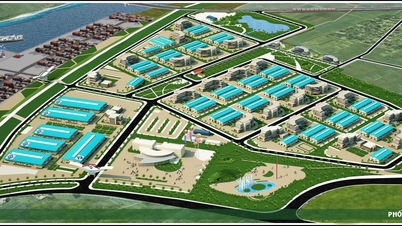



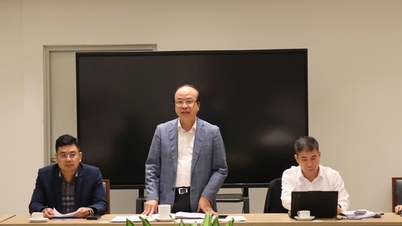

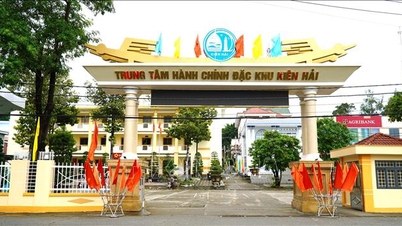

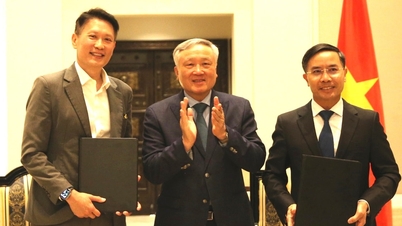

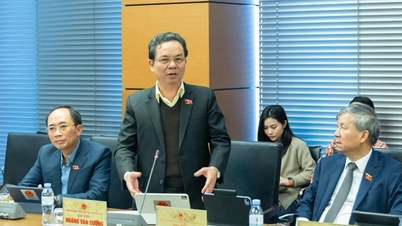


















![[Photo] Panorama of the Patriotic Emulation Congress of Nhan Dan Newspaper for the period 2025-2030](https://vphoto.vietnam.vn/thumb/1200x675/vietnam/resource/IMAGE/2025/11/04/1762252775462_ndo_br_dhthiduayeuncbaond-6125-jpg.webp)






















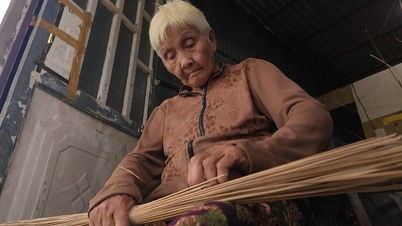

















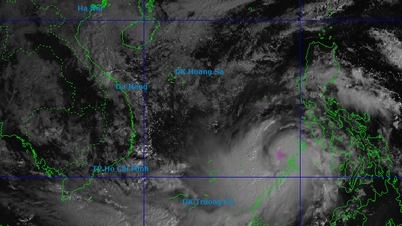






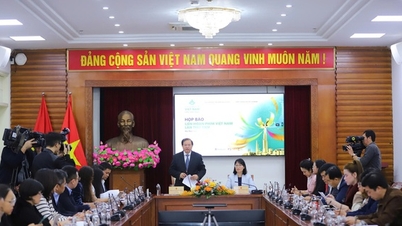

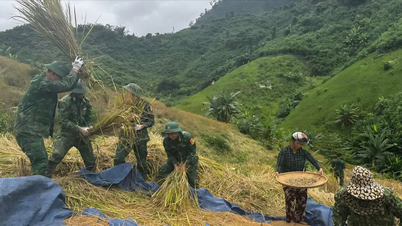

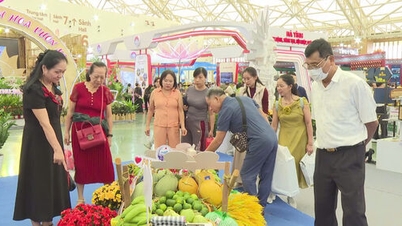

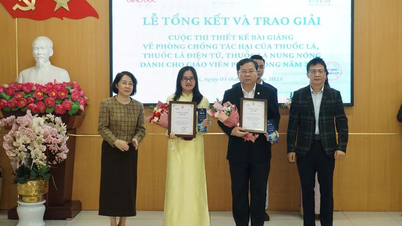

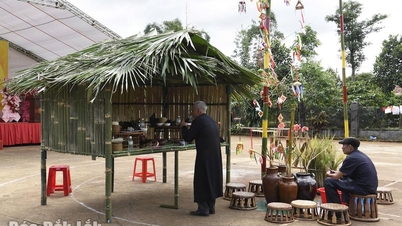

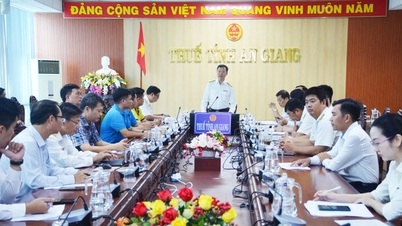

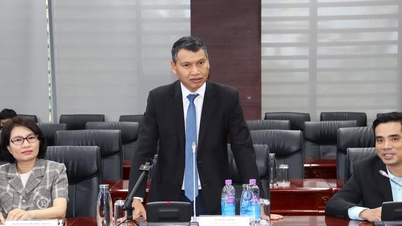














Comment (0)